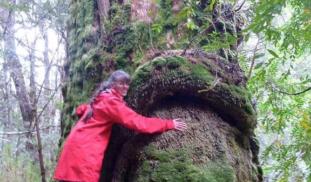Please wait...
About This Project
There are more extreme fires, floods and droughts happening now than ever before, and they’re happening everywhere, right? Actually, we don’t really know because instrumental records are too short. But proxy climate records, like tree-rings, can help. In southeastern Australia and New Zealand some trees live 1000+ years. In this project we will use growth rings in trees to make a digital map of extreme events for the past 500 years to see if extreme event frequency has or has not changed.



